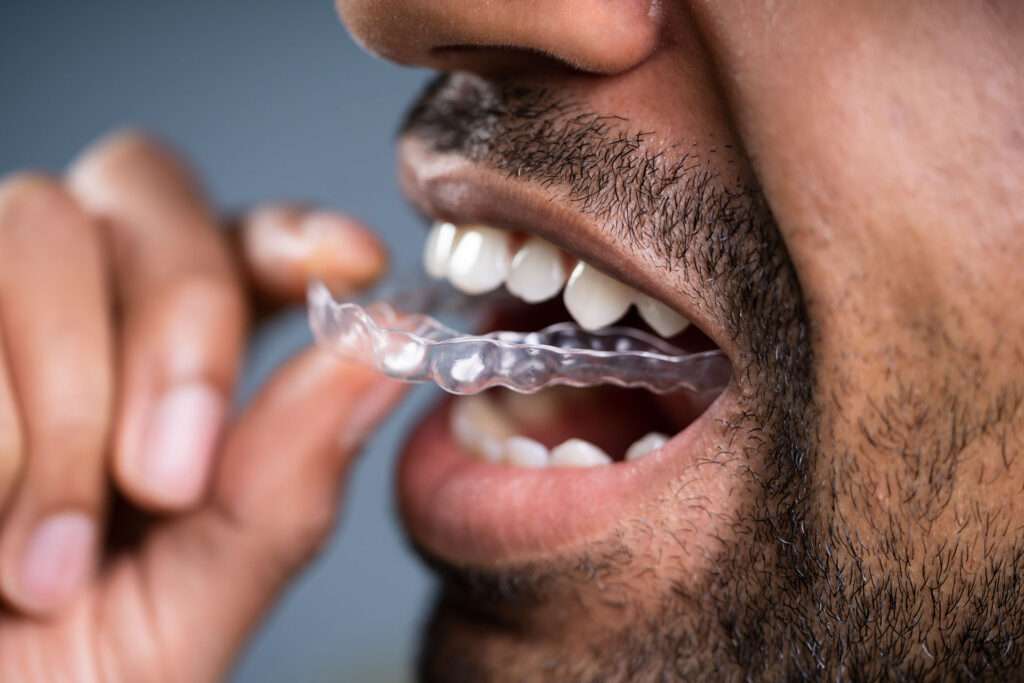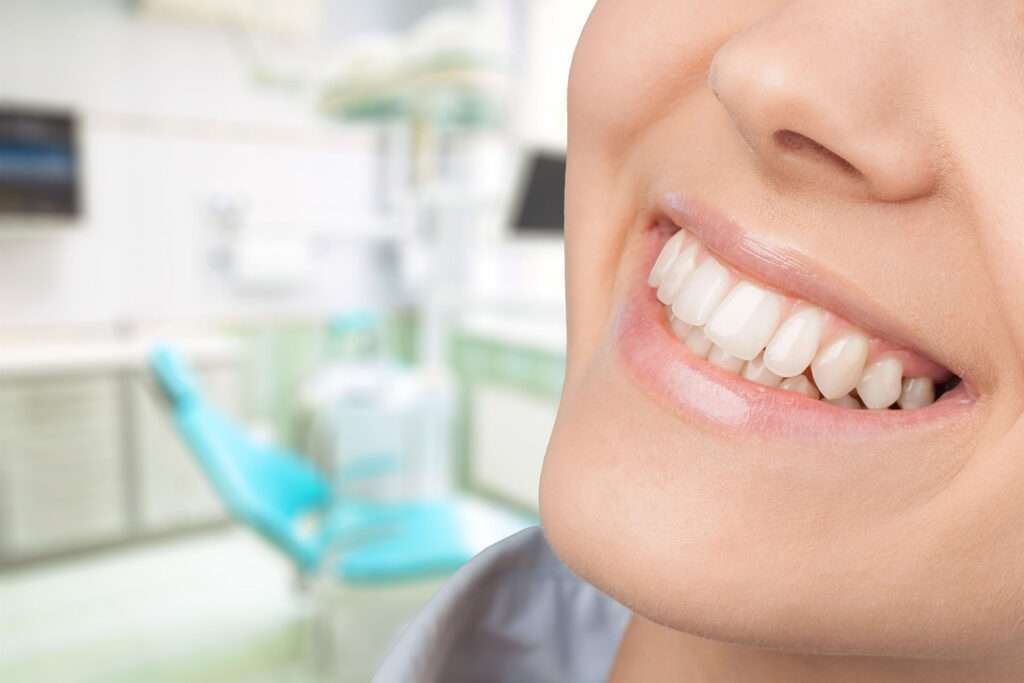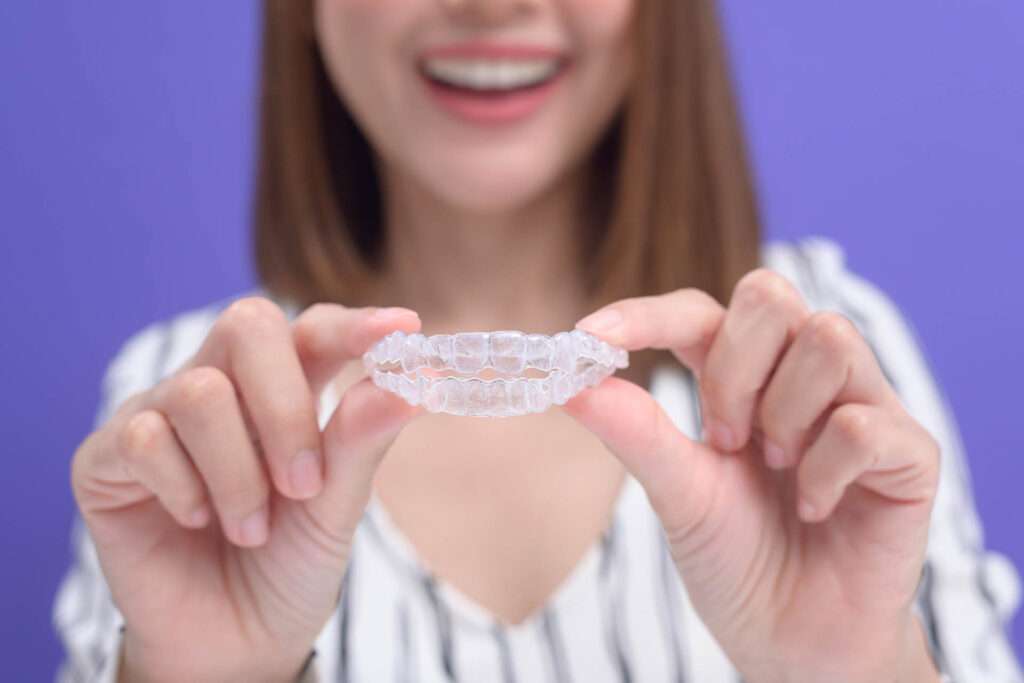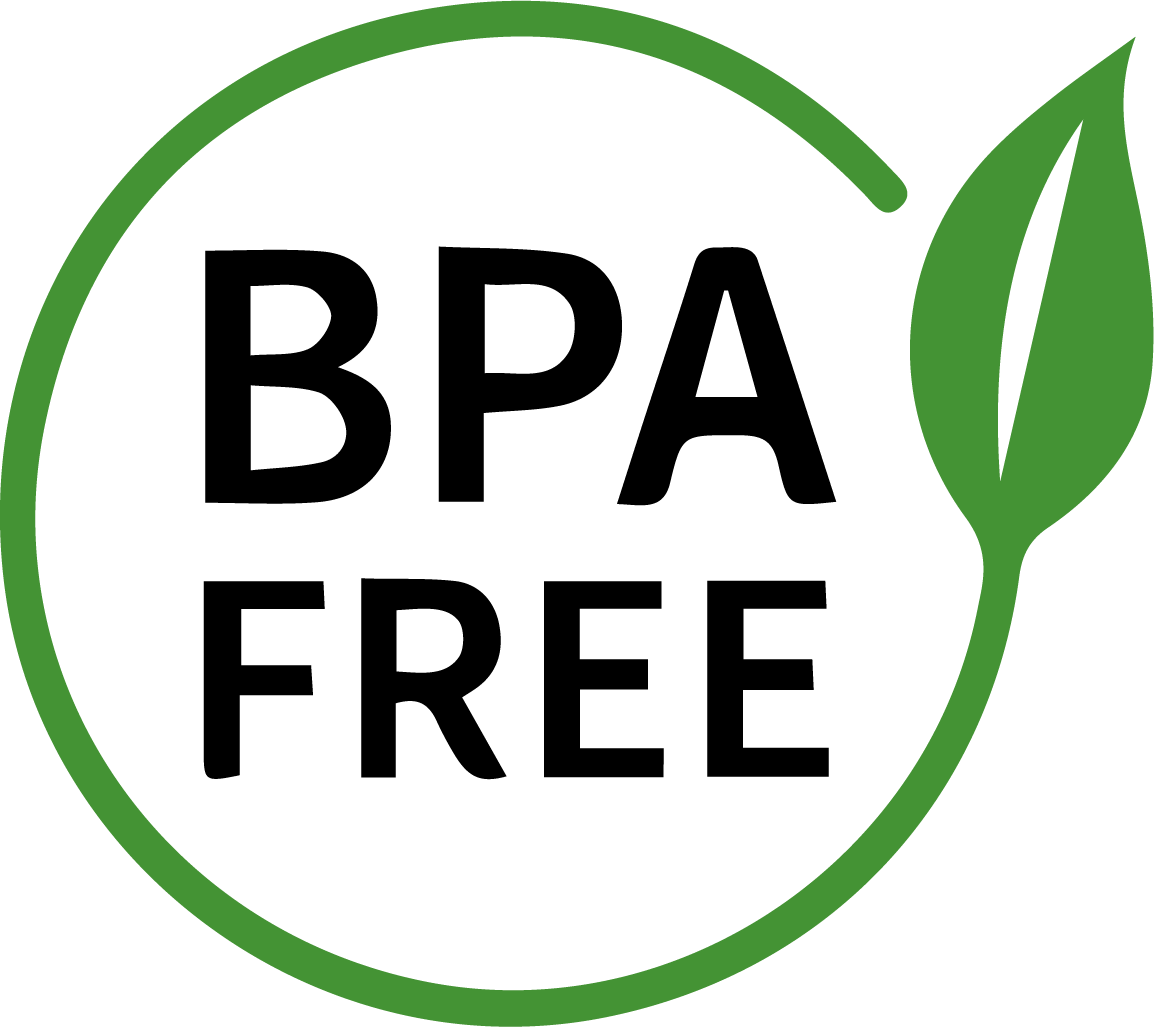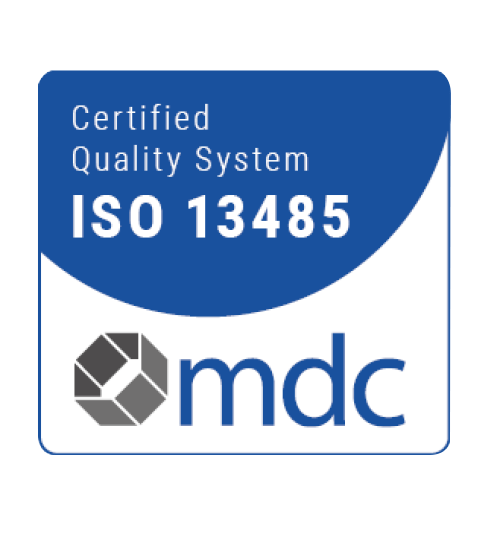Long-Term Benefits of Wearing Your Retainer as Directed
Recent Posts Long-Term Benefits of Wearing Your Retainer as Directed The Link Between Crooked Teeth and Dental Health Issues The Advantages of Clear Aligners Over Traditional Braces Health Benefits of Clear Aligners & Straight Teeth Recent Comments 2 Dummy post title / Lorem Ipsum By: firstclassaligners October 12, 2023 2 Orthodontic treatment is a significant investment in both time and money. Whether you’ve undergone traditional braces, clear aligners, or any other form of orthodontic therapy, you’ve likely experienced the excitement of seeing your teeth finally aligned the way you’ve always desired. However, it doesn’t end with the removal of braces or completing your last aligner treatment. To maintain those beautifully straight teeth, it’s crucial to wear your retainer as directed by your orthodontist. In this blog, we’ll explore the long-term benefits of adhering to retainer wear instructions and why it’s essential to maintain your hard-earned smile. Preventing Relapse The primary purpose of a retainer is to prevent orthodontic relapse, which is the gradual shifting of your teeth back to their original misaligned positions. After the active phase of orthodontic treatment, your teeth are still prone to movement. Without proper guidance, they may drift back into their previous misalignment, reversing all the progress made. Wearing your retainer as directed is the best way to maintain your teeth’s new position, preventing the need for further orthodontic work. Protecting Your Investment Orthodontic treatment is an investment in both time and money. Wearing a retainer as directed is like insurance for this investment. Failing to follow your orthodontist’s recommendations can lead to relapse, which could necessitate costly and time-consuming orthodontic re-treatment. Your retainer is a relatively small commitment compared to the long-term financial and emotional costs of re-treatment. Your retainer is not only a relatively small commitment compared to the long-term financial and emotional costs of re-treatment, but it is also a symbol of your commitment to maintaining the smile you’ve always dreamed of. Preserving Your Oral Health Properly aligned teeth aren’t just about aesthetics; they also contribute to better oral health. Misaligned teeth can create pockets and crevices that are difficult to clean, leading to a higher risk of dental problems such as cavities and gum disease. Wearing your retainer helps maintain these alignment improvements, thereby reducing the likelihood of oral health issues and costly dental procedures down the road. Additionally, well-aligned teeth are more resistant to the wear and tear associated with an uneven bite, which can help you enjoy a healthier, more comfortable, and pain-free oral environment. Avoiding Functional Issues Orthodontic treatment isn’t just about straightening teeth; it’s about creating a healthy bite. A well-aligned bite ensures that your upper and lower teeth fit together correctly, reducing the risk of problems like bruxism (teeth grinding), jaw pain, and temporomandibular joint (TMJ) disorders. Wearing your retainer helps preserve your improved bite, ensuring you don’t develop functional issues related to misaligned teeth. By maintaining the health and functionality of your bite through consistent retainer wear, you can enjoy a lifetime of comfortable, pain-free eating and speaking, free from the discomfort and potential complications of bite-related problems. Enhancing Self-Confidence A straight and beautiful smile is often associated with increased self-confidence. After investing time and effort in orthodontic treatment, the last thing you want is to lose that newfound confidence due to teeth shifting back into misalignment. By wearing your retainer as directed, you can maintain your straight smile and continue feeling good about your appearance. In preserving your straight smile with regular retainer use, you ensure that the boost in self-confidence achieved through orthodontic treatment remains a source of daily empowerment and positivity, enhancing your overall quality of life. Preventing Airway and Breathing Issues Orthodontic treatment can also have a significant impact on your airway and breathing. For some individuals, correcting bite and alignment issues can improve airflow and reduce the risk of conditions like sleep apnea. However, if your teeth shift back to their original positions, it could negatively affect your airway and lead to breathing problems. Proper retainer wear can help ensure that your orthodontic treatment maintains its positive effects on your overall health. Maintaining the positive effects of orthodontic treatment on your airway and breathing through regular retainer wear not only safeguards your physical health but also contributes to better sleep quality and overall vitality. Easing Adjustment to Retainer Wear Initially, wearing a retainer as directed might feel uncomfortable or awkward, but the longer you adhere to the instructions, the more natural it becomes. Your teeth and mouth will gradually adapt to the retainer, making it less intrusive and more comfortable over time. Consistency is key in this adjustment process, as skipping retainer wear can make the adaptation process longer and more uncomfortable. Over time, the consistency in wearing your retainer as directed ensures a smoother transition and greater comfort, allowing you to fully enjoy the lasting benefits of orthodontic treatment without the initial discomfort or inconvenience. Preventing Damage to Retainers Another reason to diligently follow your orthodontist’s instructions is to prevent damage to your retainer. Wearing your retainer exactly as directed ensures that it continues to fit your teeth correctly. Improper wear or care can lead to retainer damage or distortion, requiring you to replace it sooner than expected – an additional cost and inconvenience that can be avoided by being attentive. By taking good care of your retainer and wearing it as directed, you not only protect your investment in orthodontic treatment but also save yourself from the unnecessary expense and hassle of premature retainer replacement, allowing you to enjoy the ongoing benefits of your treatment. Avoiding Unwanted Stress Orthodontic relapse can be frustrating, not to mention the stress it can cause. Having your teeth gradually shift back into their previous misalignment can be mentally taxing. By wearing your retainer as directed, you can eliminate the stress and anxiety associated with this unwanted reversal of your orthodontic progress. The peace of mind that comes with consistent retainer wear extends beyond the aesthetics and functionality of your smile, as
Long-Term Benefits of Wearing Your Retainer as Directed Read More »

